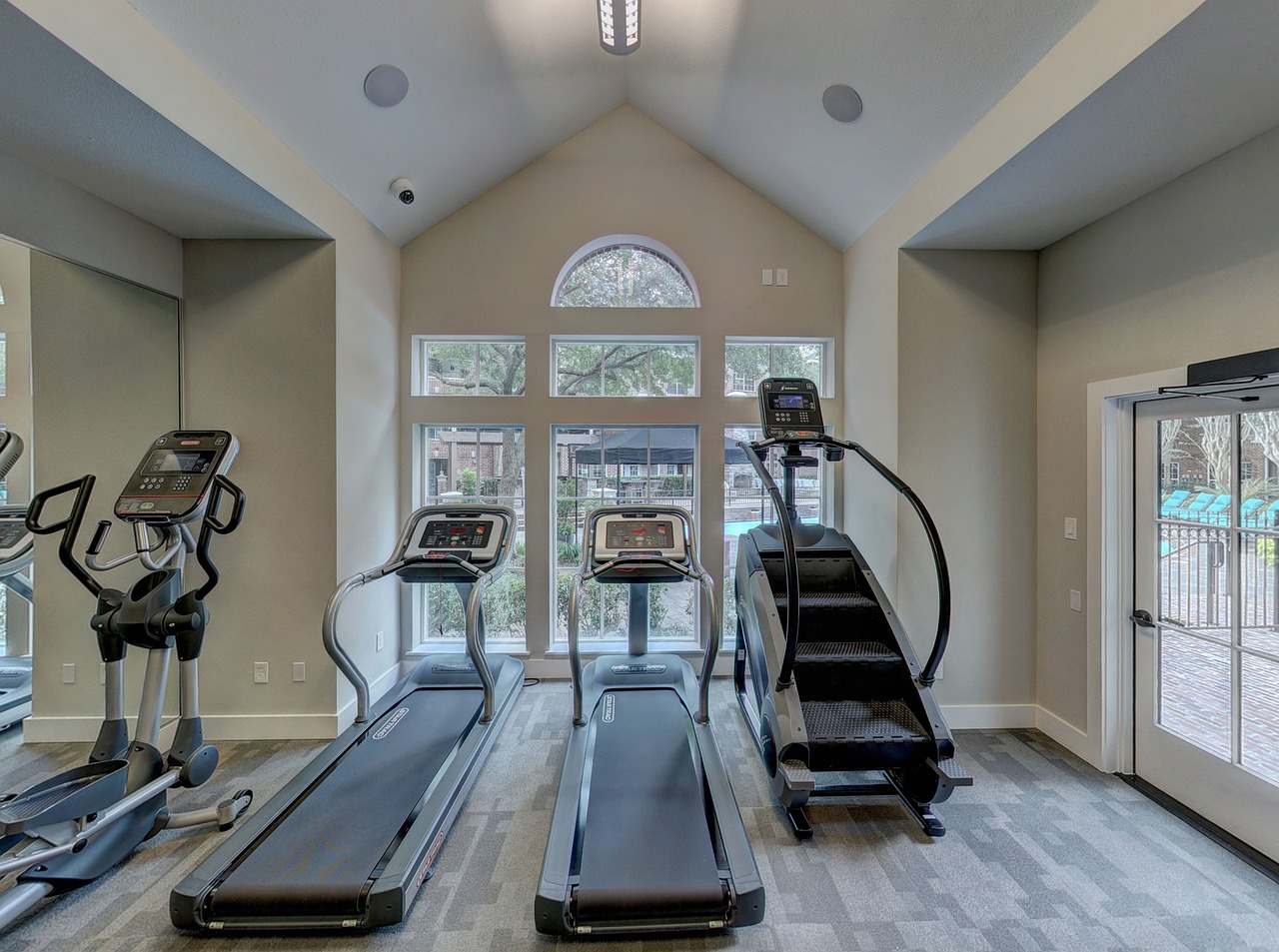Creating a home gym is more than just an investment in equipment; it’s about establishing a space that motivates, empowers, and enhances your workout routine. Whether you’re a seasoned athlete or a fitness beginner, designing a personalized fitness space can provide the flexibility to workout whenever you want, without the hassle of a commute. The beauty of a home gym lies in its ability to cater to your fitness goals and personal preferences. But how do you create a space that truly fuels your fitness journey? Here’s how to design a home gym that’s perfectly suited for your needs.
Please like, comment, and share this article if you found it helpful and
informative.
For more news check out Big Town Bulletin News
For more from Big Town Bulletin check out Big Town Bulletin
1. Define Your Fitness Goals
Before jumping into equipment shopping or organizing your space, take a moment to clarify your fitness objectives. Are you focusing on strength training, endurance, flexibility, or a combination of all three? Understanding your goals will guide your decisions when selecting equipment and creating an efficient space. For example, if your goal is muscle growth, your gym will likely include dumbbells, barbells, and a weight bench. However, if cardio and flexibility are your priorities, incorporating a treadmill, yoga mat, and resistance bands might be more fitting. Tailoring your space to your goals ensures that every corner of your home gym serves a purpose.
2. Choose the Right Equipment
The core of your home gym is undoubtedly the equipment. The right selection depends on your fitness preferences, available space, and budget. Basic but versatile equipment such as dumbbells, kettlebells, resistance bands, and a jump rope can support a variety of workouts while saving space. If you have a larger space, consider adding a squat rack, bench, or treadmill. The key is to prioritize functionality over quantity—investing in pieces that allow for a full-body workout and can adapt as your fitness level advances. Additionally, choose equipment that fits your budget. There are many affordable options available that can still deliver exceptional results.
3. Organize Your Space for Efficiency
Whether you have a dedicated room or a corner of your living area, maximizing space is crucial for maintaining a clutter-free and efficient workout environment. In smaller areas, use vertical storage options like wall-mounted racks or hooks to keep equipment off the floor. A smart home gym layout is one that creates designated zones for different types of exercises. For example, an open space for yoga and stretching, a strength training zone with weights, and a cardio area for running or cycling can help you stay organized and focused. When your gym is well-organized, it becomes easier to stick to your workout routine without distractions.
4. Focus on Comfort and Ambience
Your workout environment plays a significant role in how motivated you feel. Comfort is key to enhancing your experience, so consider factors like lighting, flooring, and ventilation. Bright, natural light can elevate your mood and energy, but soft, warm lighting might create a more relaxing atmosphere for stretching or yoga. Choose flooring that is supportive and safe for your activities—rubber mats work well for weightlifting, while hardwood or carpet is more suited for stretching or yoga. Ensure proper ventilation, especially if you’re working out in a smaller space, to keep the air fresh and breathable.
5. Make It a Motivating and Inspirational Space
Your home gym should be a place that sparks motivation and progress. Infuse personality into your space by adding inspirational artwork, photos, or motivational quotes. Surround yourself with elements that encourage you to keep pushing forward, whether it’s music that energizes you or a vision board that reminds you of your fitness goals. The colors and décor of your gym also play a role in how you feel. Bright colors like yellow or orange can inspire energy, while calming tones like blue or green may help create a peaceful atmosphere for yoga or meditation.
6. Stay Consistent with Your Home Gym Routine
Consistency is the key to success when it comes to fitness. A well-designed gym can help you stay motivated, but it’s important to stick to a workout schedule. Set realistic goals for your fitness routine, and make a habit of working out at the same time each day. Having a designated space also makes it easier to avoid distractions. Keeping your gym inviting and free from clutter will make it feel like a place of productivity, ensuring you stay committed to your routine.
Summary
Designing a home gym that supports your fitness goals is a powerful step toward achieving long-term health and wellness. By defining your goals, selecting the right equipment, organizing your space, and focusing on comfort and motivation, you can create a space that works with you to fuel your fitness journey. Stick to your routine, stay consistent, and let your home gym become a sanctuary for strength and success.
Please like, comment, and share this article if you found it helpful and
informative.
For more news check out Big Town Bulletin News
For more from Big Town Bulletin check out Big Town Bulletin


